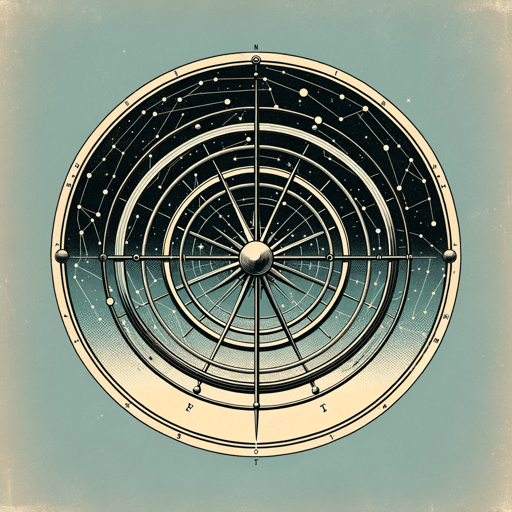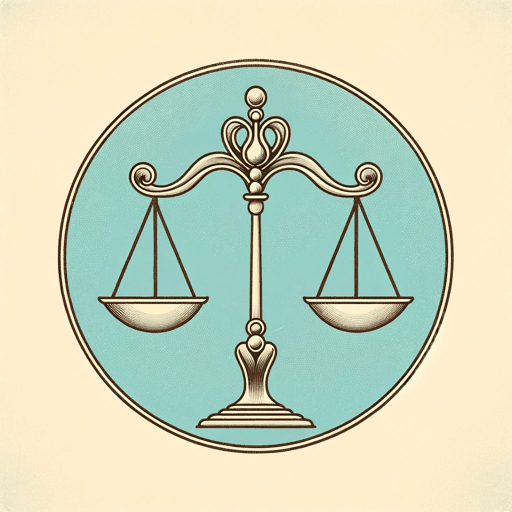57 pages • 1 hour read
Immanuel KantCritique of Pure Reason
Nonfiction | Book | Adult | Published in 1781A modern alternative to SparkNotes and CliffsNotes, SuperSummary offers high-quality Study Guides with detailed chapter summaries and analysis of major themes, characters, and more.
Summary
Prefaces and Introduction
Part I: “Transcendental Aesthetic”
Part II: “Transcendental Logic,” Book I, Chapter I
Part II: “Transcendental Logic,” Book I, Chapter II
Part II: “Transcendental Logic,” Book II, Chapters I-II
Part II: “Transcendental Logic,” Book II, Chapter III
Part II: “Transcendental Logic,” Division II, Books I-II, Chapter I
Part II: “Transcendental Logic,” Division II, Book II, Chapter II
Part II: “Transcendental Logic,” Division II, Book II, Chapter III
Transcendental Doctrine of the Method
Key Figures
Themes
Index of Terms
Important Quotes
Essay Topics
Further Reading & Resources
Part II: “Transcendental Logic,” Division II, Book II, Chapter IIChapter Summaries & Analyses
Transcendental Doctrine of Elements
Part II: Transcendental Logic, Division II: Transcendental Dialectic, Book II, Chapter II Summary
In the very extensive second chapter of the “Transcendental Dialectic” Kant turns his attention to the second source of dialectical illusion of pure reason: the antinomies. Antinomies are contradictory views that are both, at least in appearance, legitimate and reasonable views held with good bases. Kant writes that “just as the paralogisms of pure reason laid the basis for a dialectical psychology, so will the antinomy of pure reason put before us the transcendental principles of a supposed pure (rational) cosmology” (444). Kant will show that this rational cosmology is just as empty as rational psychology turned out to be.
Each antinomy is two-sided. There is the thesis, which presents a positive account that the world is some particular way, and then there is its antithesis, which always claims that the world is the opposite way. The four antinomies are:
1. The world has a beginning in time and is bounded in space (thesis) and the world does not have a beginning in time and is endless in space (antithesis).
2. The world is composed of simple, atomic parts (thesis) and the world is not composed of simple parts but rather is endlessly composite (antithesis).
3. Things can be caused through free action (thesis), and nothing is caused by freedom but is instead totally determined by natural law (antithesis).
Related Titles
By Immanuel Kant




